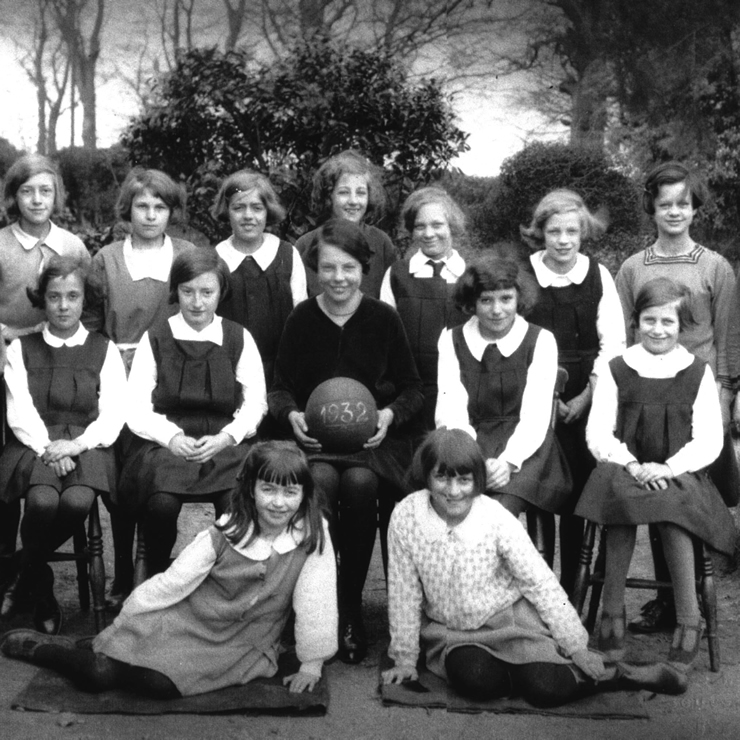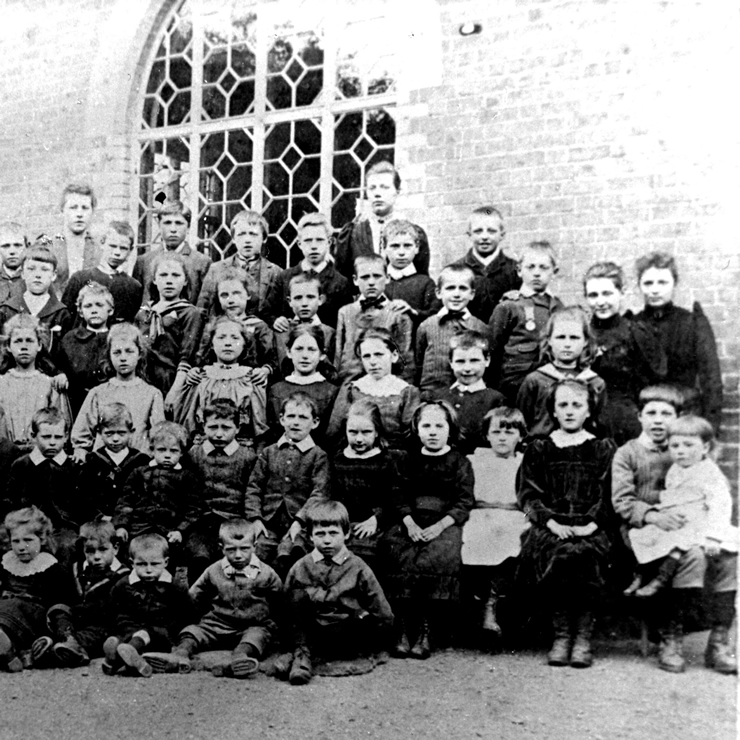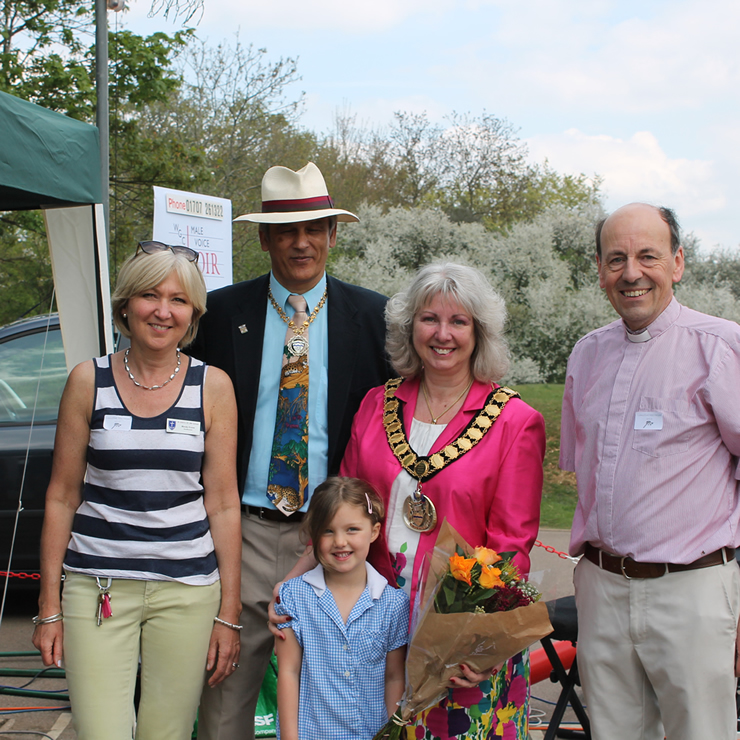TL2020
The Education Act of 1870 required provision be made for all children to have the opportunity for an education. Prior to this date few children, other than those from wealthy families, were able to attend any type of school. On the 4th March 1872, the first entry in the Head Teacher’s Log Book was made by Mrs Mary Seaman, the first Head Teacher. On that day, seventy-seven children, ranging in age from three to thirteen, were enrolled. They were divided into two classes - one being taken by Mrs Seaman and the other by her husband Walter, her assistant. They were all taught in one room, the room now used as the dining room in the oldest part of the school. The school was approved by the Government on the 16th May 1872.
This page examines the life of Elaine Murray. Admission Number:1499
Elaine Murray attended St Johns from Sept 1 1937 to July 31 1937
Date of Birth: June 25 1919 . Parents: Joseph :
Lived at Asstwick Lodge
Left St John’s due to Sec School
Memories of Lemsford School 1924 - 1932
by Ellen Willox (née Murray) 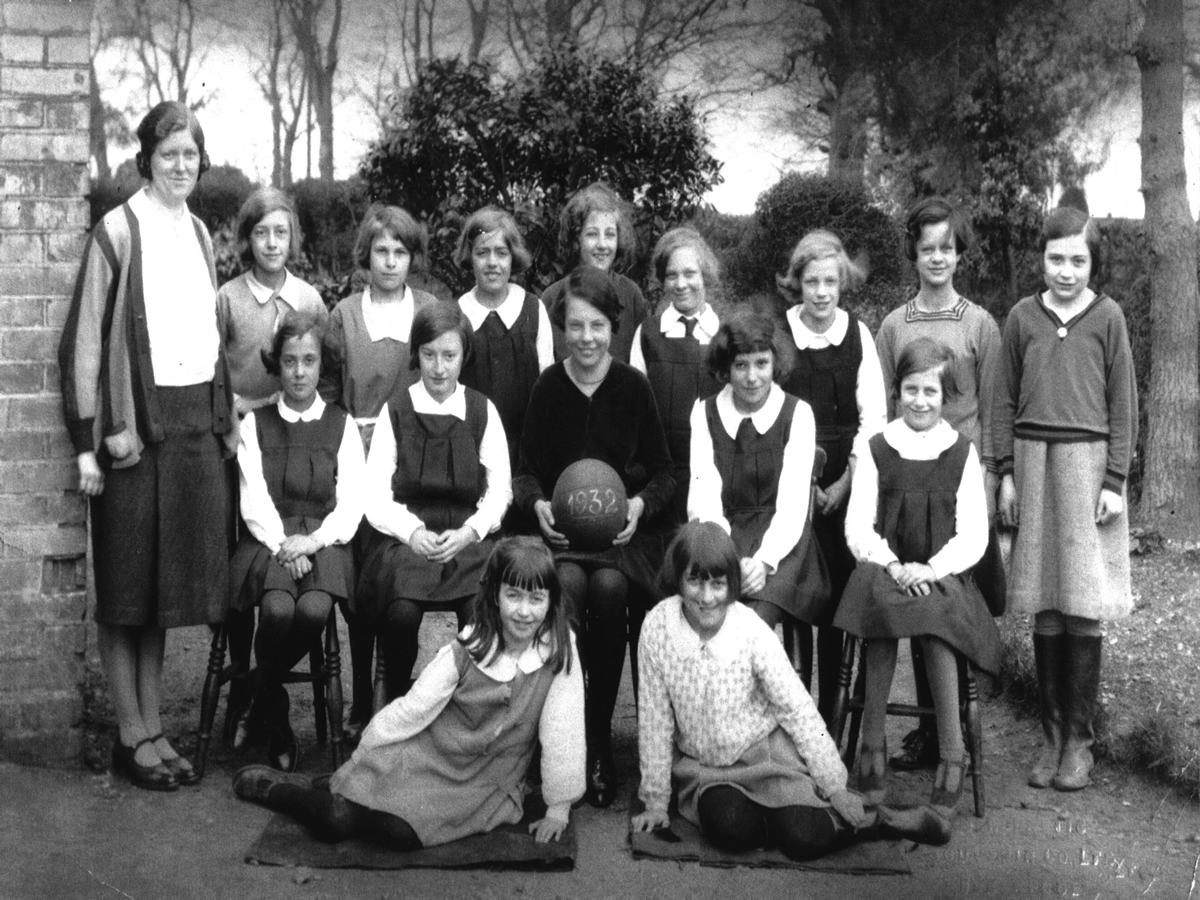
The Lemsford School Netball Team of 1932. Eileen Willox née Murray seated second from the left on the front row
As my family lived on a farm on the St. Albans side of Lemsford, called Astwick Farm it meant about a three mile walk to school each day and back again in all weathers. No school buses or taxis in those days and very few people had cars. So the first days at school were quite daunting, but there were many country children in the same position.
I started school at Lemsford in 1924 when I was five. At that time there were three classrooms and three teachers - Mr Ladbury the Headmaster who lived in the School House and taught in the main classroom; Miss Edwards in the middle classroom and Miss Clarke in the infants.
The Infants room had tiered forms at one end for the children to sit on with a shelf running along in front for books etc. An open fire with a guard in front was the only heating. Often in the winter we sat with our coats on to keep warm. In the middle classroom and also in the "Big Room" as we called its we had long desks with a separate compartment for each pupil to keep their books in so that we always sat in the same place. The middle classroom also had an open fire with a guard in front. I think the "Big Room" had an enclosed stove.
As there were no school dinners we had to take food with us, mostly sandwiches in the summer or just some fruit and in the winter we would take a potato to bake under the fire in the middle classroom. The children from the village went home for lunch but we children from the outlying farms had to manage the best we could for lunch and either ate our food in the classroom or in the summer out in the playground. As we got older we would sometimes walk down to the village and buy a little treat for a penny or so at Suzie Willmott's shop just the other side of the bridge on the right.
The toilets at that time were outside earth closets at the end of the playground. As I remember it there were three playgrounds - the main one at the side of the school a small one for the infants and another on the side next to the School House - all connected of course. The playgrounds at that time were covered in gravel so there were a few grazed knees at times. On the other side of the main playground there was an area of gardens which the older boys used to tend and presumably learn something about gardening.
There was a building called the Dining Room at the road end of the main playground but it was never used as a dining room whilst I was there because the Headmaster had it filled up with his model railway layout and we were not allowed in. One of my brothers who was very good at making things was allowed in at times to help build a new station or something of that kind,
The Playing Field was down the hill a little on the left-hand side of the road where the boys played football and we sometimes practised athletics but not often. The girls played Stoolball and Netball but I cannot remember exactly where we played or if we ever played other schools - we were not very good in any case as there was not really enough competition.
There was a sliding partition between the Infants Room and the Main classroom and some years Mr Ladbury would organise a concert. He was very good at producing these shows and a lot of work was involved as well as lots of rehearsals and costume making for those taking parts. A stage would be built over the forms in the Infants room the partition opened and the audience sat in the Main Classroom. The shown were put on for several nights and were always popular. It meant we had to walk there and back again if we were taking part, or to see the show.
Some years at Christmas time we were all invited to a party at Brocket Hall and were all given a small present.
At that time Lemsford was a very elementary school and I eventually left in 1932 to transfer to a Hatfield School.
St Johns School Lemsford Info
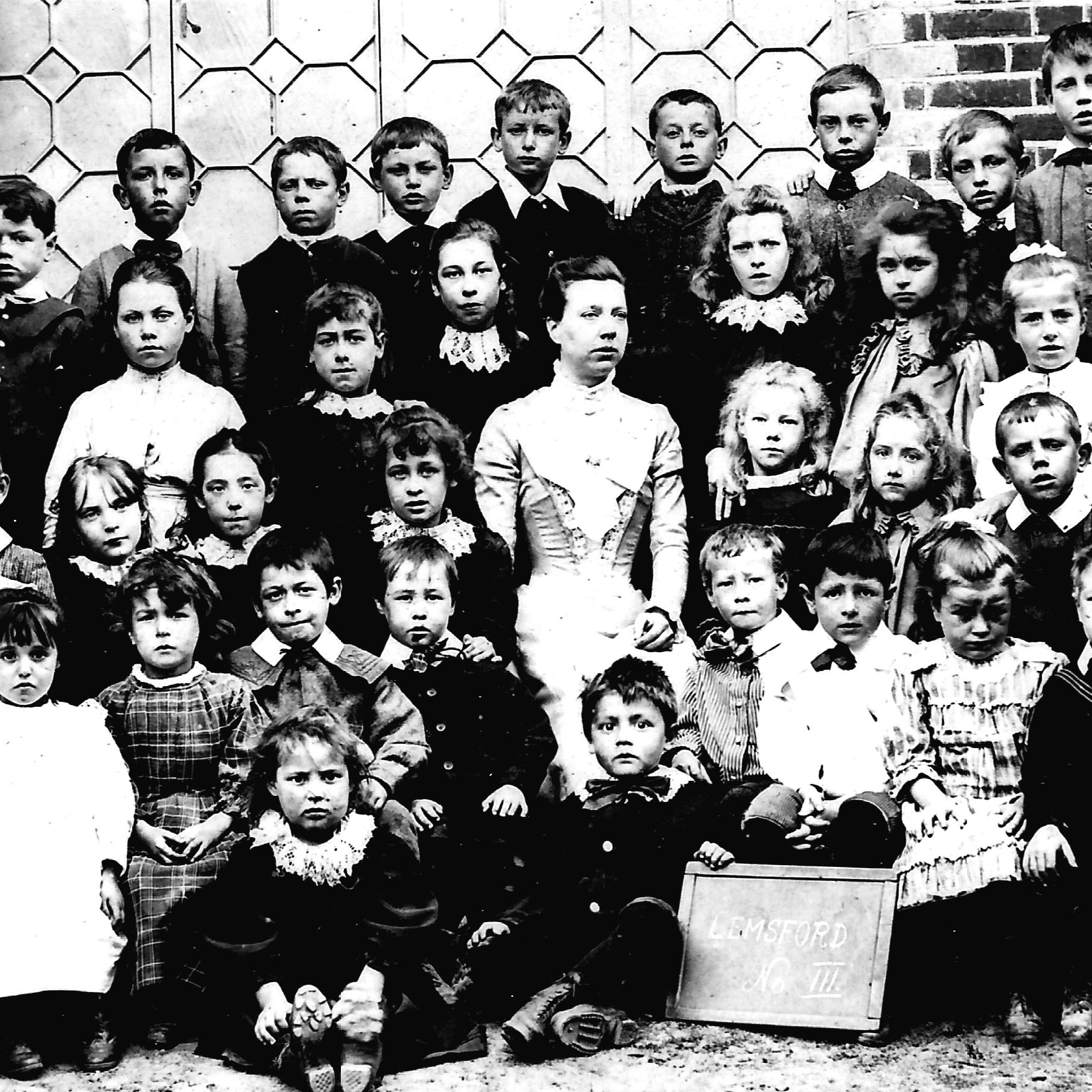
Lemsford Local History group have decided to dedicate 2022 to working with St John’s School to celebrate the school’s 150-year anniversary. This website is also dedicated to this special year. On the 4th of March 1872, the first entry in the Head Teacher’s Log Book was made by Mrs Mary Seaman, first Head Teacher. On that day, seventy-seven children, ranging in age from three to thirteen, were enrolled. They were divided into two classes - one being taken by Mrs Seaman and the other by her husband Walter, her assistant. They were all taught in one room, the room now used as the dining room in the oldest part of the school. The school was approved by the Government on the 16th of May 1872. We hope the school, local community, and anyone with an interest in St Johns school will Contribute Articles, memories, and images to this Website. Email info@lemsfordhistory.co.uk
- St Johns School index page- Learn More
- Johns School Time Line - Learn More
- St Johns School Articles - Learn More
- St Johns School Class Photos - Learn More
- St Johns School Head Teachers - Learn More
- St Johns School Gallery - Click Here - Learn More

